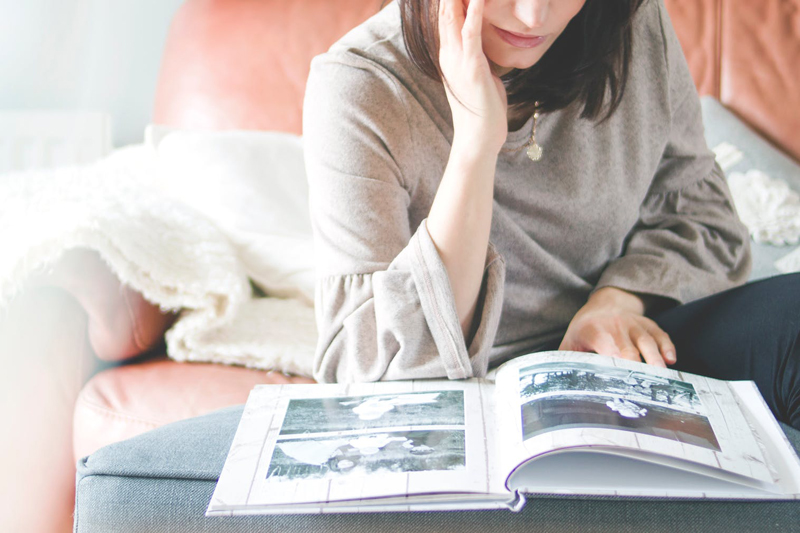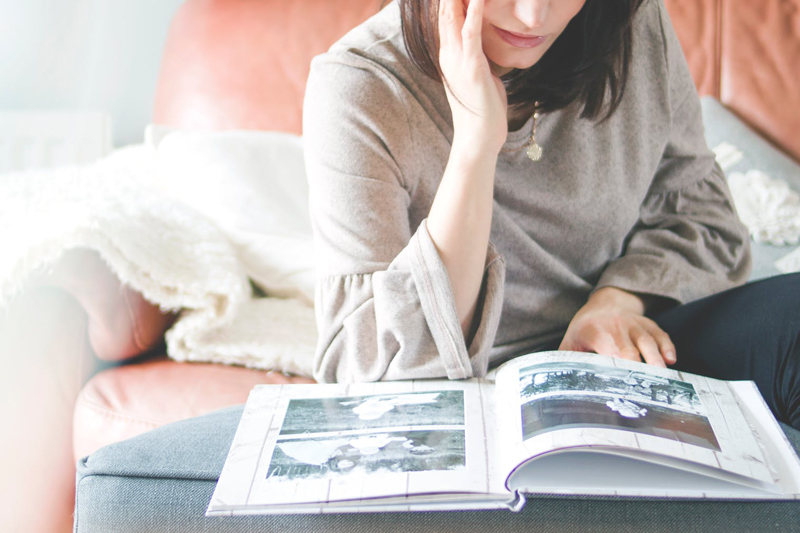Symmetrical Balance Scrapbook Page

Use a symmetrical approach when you want to make a quick attractive layout.
There are many ways to create balance on your scrapbook pages so that none of the elements appear to be too "heavy." This article will give you some tips about symmetrical balance.
Symmetrical balance is created when you can split your layout in half and see how each side is the same. If you can fold something in the middle and everything matches up, that is symmetry. If you have an element in the top left corner of a page, then you would have something in the top right corner, as well, kind of like a mirror image. This works especially well for two page layouts.
Break your layout in two halves, and place elements in the first half. Then flip their placement in the other half. Use repeated design elements to create a sense of harmony.
Look for the different ways you can create symmetry. For example, you can break your layout in half through the center horizontally or vertically. You can also break your layout in half from corner to diagonal corner. Balance the two diagonal corners by placing an element in them and leaving the other two corners empty. What other ways can you use to break your layout in half?
How do you know if your layout is balanced? Here are a few questions you can ask:
Do you see balance?
Does your eyes wander around evenly?
Do you come back to the center of the layout?
Does it look balanced from any angle?
Do you have a mirror image?
It is very easy and takes less time to do a symmetrical two page layout. When you have symmetry, you will have that mirror image effect. Thinking symmetrically makes the placement of your elements a breeze. Since balance is inherent in the design, symmetrical designs are beautiful and easy to create.
I challenge you to create a symmetrical layout the next time you scrapbook. Just knowing that you want a mirror image will help you quickly design your layout. Don't get stuck in a rut of the same mirror images though! Remember to look for different ways to break those layouts into two parts for that mirror image!
There are many ways to create balance on your scrapbook pages so that none of the elements appear to be too "heavy." This article will give you some tips about symmetrical balance.
Symmetrical balance is created when you can split your layout in half and see how each side is the same. If you can fold something in the middle and everything matches up, that is symmetry. If you have an element in the top left corner of a page, then you would have something in the top right corner, as well, kind of like a mirror image. This works especially well for two page layouts.
Break your layout in two halves, and place elements in the first half. Then flip their placement in the other half. Use repeated design elements to create a sense of harmony.
Look for the different ways you can create symmetry. For example, you can break your layout in half through the center horizontally or vertically. You can also break your layout in half from corner to diagonal corner. Balance the two diagonal corners by placing an element in them and leaving the other two corners empty. What other ways can you use to break your layout in half?
How do you know if your layout is balanced? Here are a few questions you can ask:
Do you see balance?
Does your eyes wander around evenly?
Do you come back to the center of the layout?
Does it look balanced from any angle?
Do you have a mirror image?
It is very easy and takes less time to do a symmetrical two page layout. When you have symmetry, you will have that mirror image effect. Thinking symmetrically makes the placement of your elements a breeze. Since balance is inherent in the design, symmetrical designs are beautiful and easy to create.
I challenge you to create a symmetrical layout the next time you scrapbook. Just knowing that you want a mirror image will help you quickly design your layout. Don't get stuck in a rut of the same mirror images though! Remember to look for different ways to break those layouts into two parts for that mirror image!

Related Articles
Editor's Picks Articles
Top Ten Articles
Previous Features
Site Map
Content copyright © 2023 by Michelle McVaney. All rights reserved.
This content was written by Michelle McVaney. If you wish to use this content in any manner, you need written permission. Contact Michelle McVaney for details.



